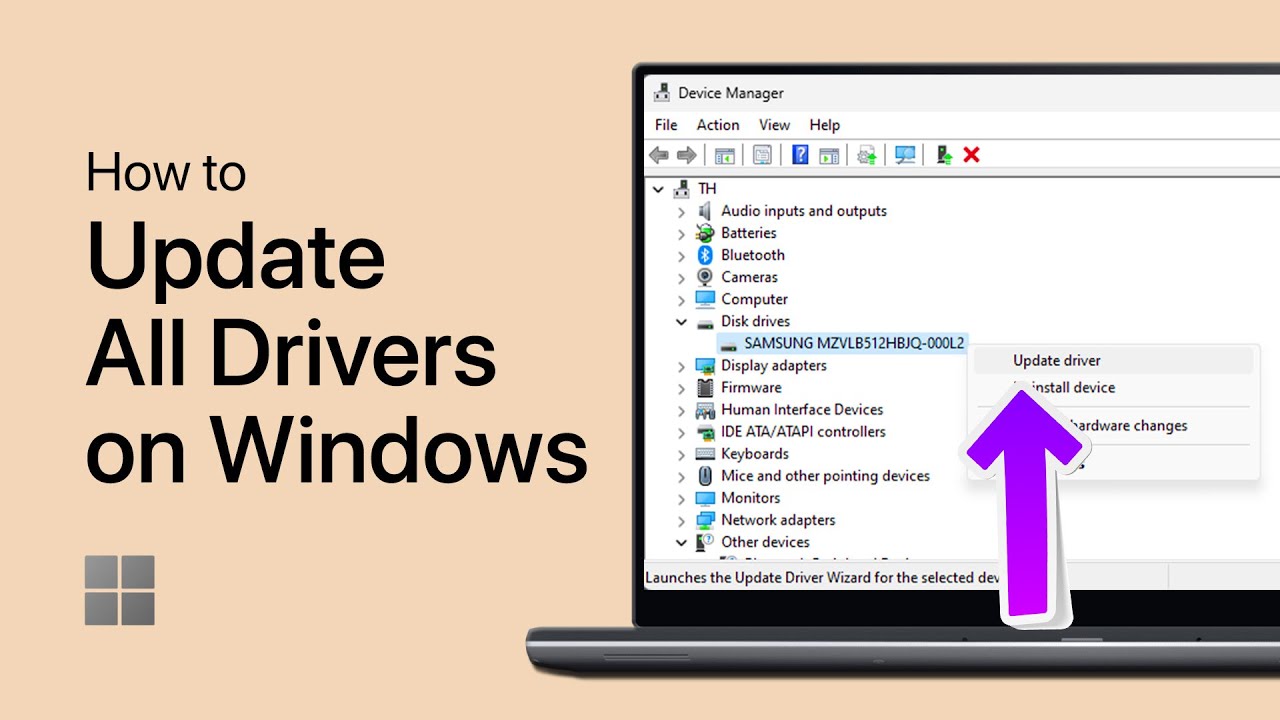Apply Now
Effective Strategies to Stop Dogs from Jumping on People
Jumping is a common behavioral issue among dogs, particularly when they are excited or trying to greet people. Teaching your dog not to jump can promote better manners and create a more pleasant environment for both your dog and your visitors. In 2025, the focus on effective dog training techniques continues to be significant, emphasizing positive reinforcement and the importance of consistency in training. This article will cover various effective methods to stop jumping behavior in dogs, providing you with a roadmap to success.
By understanding how to discourage jumping and implementing structured training sessions, you can redirect your dog’s energy and teach them calm greetings. We will consider leash training methods, the critical role of socializing puppies, and how to create a calm environment that encourages positive behavior. This article also highlights the importance of patience and reinforces how essential it is to build trust with your dog. The key takeaways will include methods for training dogs effectively, establishing boundaries, and rewarding desired behaviors.
Learn how to handle visitors with dogs, practice controlled greetings, and develop effective obedience strategies. Remember, the journey to modifying your dog's jumping behavior involves understanding the dog's emotions and using positive reinforcement techniques effectively.
Understanding Jumping Behavior in Dogs
Jumping behavior is often a manifestation of excitement or anxiety in dogs. Understanding why your dog jumps is crucial for addressing the issue. For many dogs, jumping is a way to engage with people and express their enthusiasm. Variations in dog behavior show that energy levels and impulse control play significant roles in how your dog interacts with the world.
To apply effective dog training tips, you can start observing your dog's body language and overall emotional state. When dogs jump, they're often seeking attention or trying to establish their excitement levels during greetings. If your dog feels anxious or overwhelmed by new people, they might resort to jumping as a coping mechanism. Recognizing these behaviors will inform your training approach, allowing you to tailor your methods according to your dog’s needs.
Incorporating structured routines into your dog’s life can help manage their excitement levels. Establishing a clear understanding of what triggers jumping will help you prepare for situations involving visitors or new people. With the help of effective reinforcement strategies, you can modify this behavior over time.
Using Positive Reinforcement in Dog Training
Positive reinforcement is a powerful tool in dog training, focusing on rewarding desired behaviors rather than punishing unwanted ones. By promoting a positive association with calm behavior, dogs are more likely to respond favorably to training efforts. The goal is to teach your dog that remaining calm when greeting people yields rewards like treats, affection, or playtime.
To begin using positive reinforcement, it's essential to time your rewards correctly. When your dog remains calm around people, immediately reward them with treats or praise. This acts as a reinforcement tool that strengthens the desired behavior. Incorporating playtime into training sessions can also provide a fun outlet for energy and promote better behavior.
Additionally, consistency in commands and rewards is vital for effective dog training. Be sure to communicate clearly with verbal cues and body language, creating a structured training environment where your dog knows what to expect. By consistently rewarding calm behavior, you'll encourage your dog to develop impulse control and respond positively to social interactions.
Teaching the "Off" Command Effectively
Another effective technique to prevent jumping is teaching your dog the "off" command. This command directs your dog to stop jumping and to place their feet on the ground. This training can become a cornerstone of your dog training techniques, enabling direct control over your dog's actions.
To teach the "off" command effectively, wait for a moment when your dog jumps on someone. Calmly, yet firmly, say "off" and guide your dog gently down by encouraging them to sit or step back. When they comply, reward them with treats or praise. Use this command consistently, ensuring that all household members apply the same verbal cue.
Incorporating controlled environments during training can significantly improve results. For instance, during initial training, uses of a leash can help maintain control, allowing you to reinforce the "off" command without the risk of your dog getting out of hand. Over time, your dog will learn to respond to the command during normal interactions, reducing their tendency to jump.
Creating a Calm Environment for Your Dog
Creating a calm environment plays a crucial role in addressing jumping behavior. Dogs are highly influenced by their surroundings, and establishing a structured space at home can help reduce anxiety and excitement levels. Set up designated areas for your dog to relax, providing them with a crate or comfortable bed where they can feel secure.
In addition, managing distractions during training is vital. If your dog becomes overly stimulated by outside noises or movement, they may be more prone to jumping. Use music or white noise machines to mask outside sounds and create a focused training environment.
Providing regular exercise is also essential to manage your dog's energy levels. Engaging in outdoor activities such as walks or play can burn off excess energy that may otherwise lead to jumping behaviors. Incorporate training sessions into these activities to reinforce good manners while keeping your dog's excitement at manageable levels.
Implementing Consistent Training Routines
Having a structured training routine allows for consistency in commands and behaviors that helps manage jumping. Training should be integrated into your daily life, creating opportunities for practice in various situations. Incorporate short sessions focused on obedience and manners, ensuring that your dog understands the importance of maintaining calmness.
To reinforce good manners during greetings, consider practicing controlled interactions with family members and friends. Gradually exposing your dog to new people in a controlled manner can help ease their anxiety surrounding visitors. Ensure that everyone involved in the training is on the same page with commands and reinforcement strategies.
Patience in training is also crucial as behavior modification can take time. Dogs need repetition and positive experiences to build trust and consistency. Celebrate small victories and choose realistic milestones that can help gauge progress.
Addressing Visitor-Related Jumping Issues
When guests arrive, it’s common for dogs to become excited, which may result in jumping at the door. Establishing rules for guest interactions can set boundaries and help control your dog's behavior. Preparing for visitors involves training your dog to respond appropriately and greeting guests calmly.
You can train your dog to stay in a designated area or crate when guests arrive, rewarding them for remaining calm. This introduces a positive association with good manners over time, decreasing the chance of jumping when someone enters.
Incorporating training with visitors can also be beneficial. Let people know to ignore your dog if they jump, only offering attention once they are calm. This reinforces the message that calmness, not jumping, leads to rewards. Practicing these controlled greetings will teach your dog what is expected of them in social scenarios.
Q&A: Common Questions on Stopping Dog Jumping
Why does my dog jump on people constantly?
Dogs often jump to express excitement and seek attention from people. Understanding this behavior helps in implementing the right training techniques.
How can I effectively integrate training into daily life?
Incorporate short training sessions during walks or playtime, focusing on commands such as "off" and rewarding calm behavior consistently.
What role does socializing play in stopping jumping?
Socializing puppies helps them understand boundaries and appropriate greetings, reducing their tendency to jump when meeting new people.
Are there any common mistakes to avoid during training?
Avoid using negative reinforcement or varying commands, as consistency is crucial for effective dog training and behavior modification.
Can I train my dog using toys or treats?
Absolutely! Using toys and treats during training sessions encourages engagement and can reinforce positive behaviors effectively.




